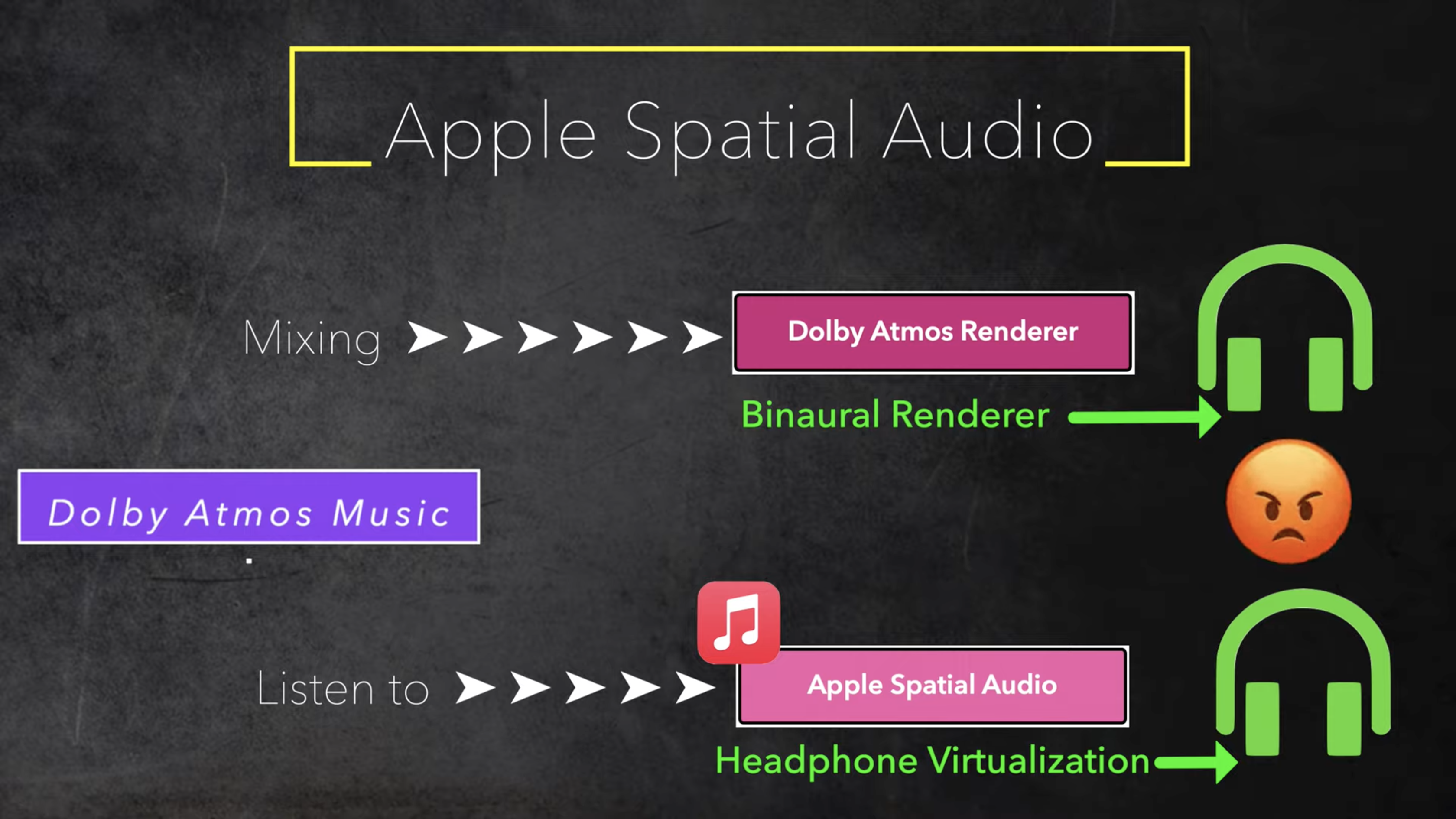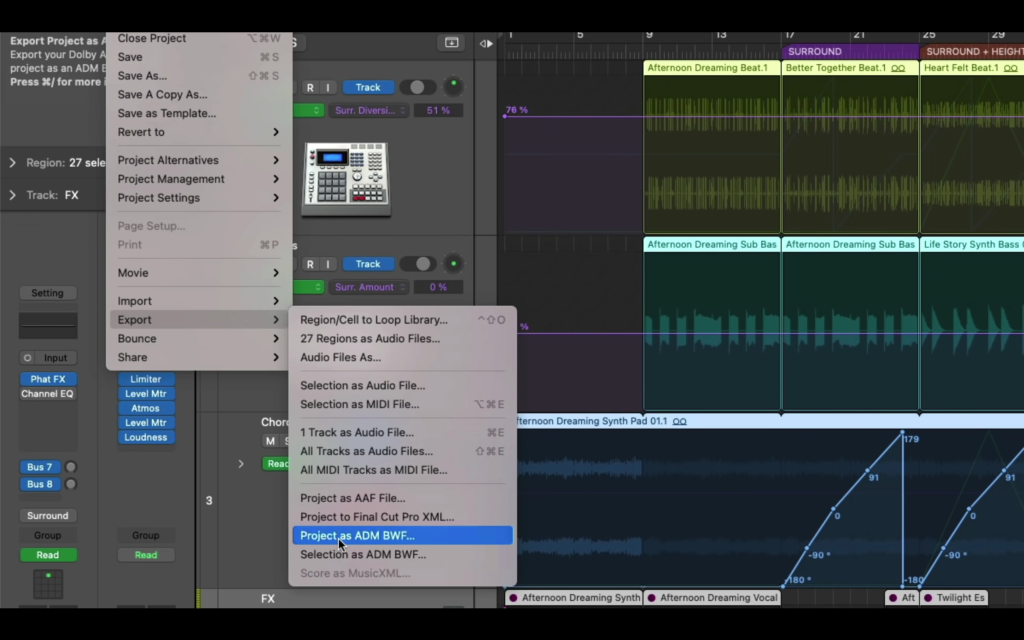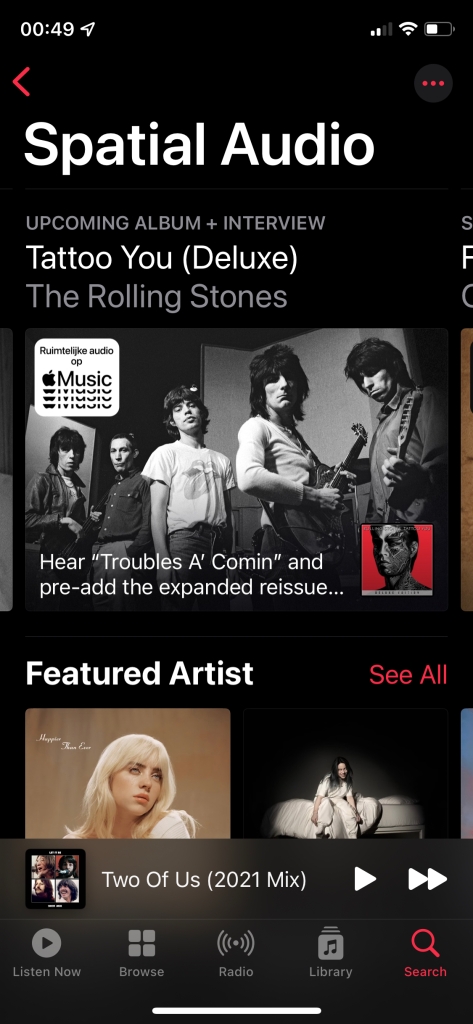HOW TO CALCULATE THE ELECTRICITY COSTS FOR YOUR E-BIKE. And yes.. AN ELECTRIC BIKE IS ALWAYS THE CHEAPER ALTERNATIVE TO EV CARS.
Gasoline prices are skyrocketing, and electricity doesn’t seem to be much cheaper. A tank of premium gasoline now costs 2.25 euros per liter (as of March 2022). Electricity currently costs 36.19 cents/kWh. It’s not just the environmentally conscious or thrifty among us who start to ponder these figures. But we can already tell you this much: Electricity is still cheaper!
Example:
How much fuel does the car consume per 100 kilometers if it has an average consumption of 7.4 liters?
With the current gasoline prices of 2,25€/l you come to 16,65€ for 100 km.
You can travel the same distance for 0.19€ with your e-bike, if you use the following values for the calculation:
Battery capacity (Wh): 500
Mileage (km): 100
If you want to calculate the electricity costs for recharging, we determine the kilowatt hours (kWh) in the first step. You have to divide the known watt-hours (Wh) by 1000: 500 Wh : 1000 = 0.5 kWh. If we take the current electricity price of 37 cents per kWh, our calculation is: 0.37€ x 0.5 kWh = 0.19€ (rounded up).
Let’s calculate the electricity cost per 100 km:
100 km x 0,19€ = 0,19€ per 100 km.
We know, that with our standard battery you have a range per battery charge of 80 km.
The calculation then looks like this: 100 km : 80 km x 0,19€ = 0,23€ per 100 km
Still easily under 30 cents!
So an e-bike is a considerably cheaper alternative to a standard car. In addition, an e-bike offers more benefits and range compared to a conventional bicycle and with an e-bike, you can get to places, where you can’t go by car. You can park anywhere, and all in all, it gives you more freedom.

HOW THE OPERATING COSTS OF YOUR ELECTRIC BIKE ARE COMPOSED

POWER CONSUMPTION
To charge a 500Wh battery, at a price of 0.37 Euro per kWh, you need about 0.23€. If one assumes 1000 charging cycles, the recharging costs are 37,50€ over the whole period of use. An advantage of the Battery Management System (BMS) in modern lithium-ion batteries is, that they have no memory effect. This means that they can be charged at any time without worrying about affected the cells overall lifetime and capacity.
NEW BATTERY
At some point, the performance of each battery falls below the limits you need for effective electric bike riding. When this happens, the only thing that helps is to replace the old battery with a new one. The price of a new battery is between 300€ and 900€, depending on its capacity, shape and overall setup.
SPARE PARTS
Due to the higher speed and the motor-amplified forces, the wear on the drive-relevant parts, such as the brakes on the electric bike, is greater than on a normal bike. However, the costs incurred are low. For example, new brake pads cost around 5€, a new chain only 20€.
REPAIRS
It is important to detect damages as early as possible and prevent further damages by regular maintenance. Especially errors in the electronic components are sometimes difficult to determine, understand and resolve. Ebike distributors today offers technical support and works usually have all common spare parts in stock. In addition, most bike purchases come with a one-year warranty on the electrical system and a three-year warranty on rigid frame components such as frame, fork and handlebars.
INSURANCE
In order to avoid large amounts of repair costs, especially after an accident or due to vandalism, it can be worthwhile to have a bike insurance. These are available from around 10 euros/month. For an all-inclusive care package, it’s important that theft of parts and vandalism are specifically included and therefore insured.
So. Which option do you think is wise for today’s travel. Do you also own a fat bike? Or do you have other form of electric vehicle? Let me know which one you got. And what’s more worthy to ride today.




